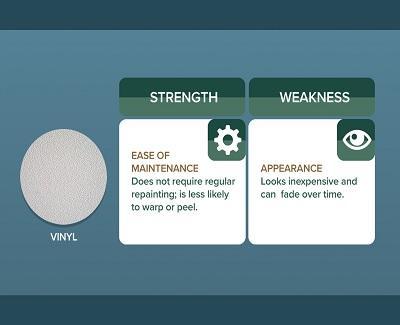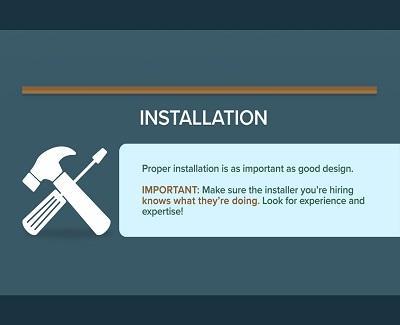Spending time on your patio is a good way to relax, but there are days when the sun may be too harsh or rain can keep you from enjoying the outdoors. This is when a patio cover for your outdoor space can be practically indispensible.
A patio cover is basically a structure designed to go over the patio to protect you from the elements. Patio covers are typically attached to the home, and often partially supported by columns underneath. Its roof may have a solid surface, or be built in a series of slats designed to “break up” the sunlight reaching your patio. Naturally, a patio cover with a solid roof surface provides complete protection against both rain and the sun, while the “open” or slatted roofing is designed mainly to provide shade. Getting a good patio cover that’s the most ideal for your home involves choosing the right design and material, then making sure that it’s properly installed. Let’s break that down further, starting with the materials available and the characteristics of each:

Three patio cover materials, in particular, have always stood out. The first material to consider – wood – brings a timeless appeal that is rather hard to match. Wood’s classic aesthetic makes it a popular choice, but maintenance can be demanding.


Vinyl patio covers, on the other hand, are a good choice as they are incredibly easy to maintain. Because they roll out of the factory already with a finish, there’s no need for further painting during installation (which also means you don’t have to worry about repainting during maintenance). Vinyl patio covers are completely immune to water damage, unlike wood. Furthermore, vinyl patio covers are a lot cheaper than wood, making them a good option if you have a limited budget.

The main concern with vinyl patio covers is their overall look. A smooth, plastic-like finish may look cheap to some, but this is entirely subjective, so it may not even be a problem. Some also come in a faux wood finish that may hold more appeal for you. However, you still have to keep in mind that vinyl can fade over time.
A third option, aluminum patio covers, are well-known for their durability. These covers are able to resist cracks and hold up well against strong impacts – including those which could break wood and vinyl covers of similar thickness. Aluminum patio covers are lighter and easier to install, and although they’re made of metal, aluminum patio covers do not develop rust even when exposed to moisture.

Aluminum’s only downside is that it tends to retain heat with constant exposure to direct sunlight. This could render your patio space a bit too warm for comfort, especially if you live in a particularly sunny and warm climate.
That now brings us to an additional, fourth option that offers all the best qualities you might want in a patio cover. Called alumawood, it combines the look and feel of wood, the low maintenance requirements of vinyl, and the strength and durability of aluminum. Specially designed for patio covers, this is probably the best material you can get – if you are willing to spend slightly more. Alumawood costs roughly 25-35% more than wood, but given its great characteristics, it may just be the perfect option for discerning homeowners.

Another important aspect to consider – aside from the patio cover’s material – is design, as it will impact significantly on your home’s overall look. Many people prefer patio covers with combined open and solid characteristics, but you can also go for pure open or pure solid options depending on your area’s general climate. For example, if your area experiences long seasons of rain, snow, and sun, solid covers can provide you with better shade and total protection, especially if the cover features insulated or laminated roof panels.

Even the finest cover material and the most ideal design will matter little if your patio cover is not installed properly, however. Poor installation can negatively affect not just how your patio cover looks, but also how durable or functional it can be. To help minimize mistakes, hire a qualified professional to have your patio cover installed.

============================================================
Author Bio:
Dawn Dewey is the marketing director of Dreamstyle Remodeling and Renewal by Andersen. She is one of Professional Remodeler magazine’s 40 under 40 for 2015. Catch more tips and insights from her by regularly checking out the company blog!
============================================================
